Joerg Colberg sent me a link to the NY Times article on Gallerina’s the other day. He was interested to know if I shared his anger at the rather condescending and sexist attitude of the piece. We had a lively email debate, in which he basically called me out:
It’s one thing to see reality as it is, but then it’s quite another thing to
make an effort to change it. If all women merely shrug off this
article and think “Well, this is just the way it is” things are
obviously not going to change. But if just two or three female
bloggers got together and published an “enough is enough” post on
their blogs about how this is ridiculous and offensive, that would be
quite interesting.
I mean it’s nice to have discussions about women in art (just like
the one you participated in the other day), but it seems they don’t
really translate into much outside of the debating halls. I don’t mean
to argue there should be no such debates, but there also has to be a
debate about stuff like that posted in the NYT.
I wanted to take a few days to think about Joerg’s point, do we as women make it worse by accepting this type of portrayal? The Times article seemed to attempt to defend the behavior of these women. The writer went out of their way to mention how educated these women were, and that they are often harassed by drunk men at openings. But there was definitely a underlying condescension in the tone. “She really is so very busy — e-mailing jpegs of artwork to collectors, writing news releases, updating a gallery’s inventory or simply ordering lunch for the staff.” In reality there is no excuse for their attitudes, but the article presented them as just another decorative object in the galleries. I have had my share of bad experiences with so called Gallerinas. A few years ago I attempted to purchase Peter Hujar’s monograph at his show at Matthew Marks. It was a Saturday and pretty slow, but the girl behind the desk was so dismissive, so clearly annoyed and so downright rude, that I finally had to ask “You do SELL books here, correct?” It was quite traumatizing to hand over money to someone who made me feel like the person who can only afford the book, not a print. From that moment on I have avoided them like the plaque. I see no reason to subject myself to their disdain.
But as an artist who hopes to show work in a gallery in Chelsea, how do I feel about people coming to see my work and being treated like that? It is very dismaying. If my work were shown, I would hope that they would be happy to answer questions and offer information, because they become an extension of you when they sit out there. But let’s be honest, how warm and fuzzy is most of the art world. Do curators, gallery owners or editors treat artists much better, not until you make them a lot of money. And if they are that rude to you, my guess is that they treat the $8 to $10 dollar an hour desk workers pretty badly, male or female. And so we get to the heart of the issue for women. Often, because women are in a position that make them feel devalued, they turn their rage on others. When you are in a position of dependence, you feel powerless to defend yourself. If you need a paycheck or the patronage of your employer how do you tell them to treat you fairly? But, as Joerg pointed out as long as we keep taking it, we will keep getting it. One thing we can do is to band together. If women had the same kind of strong networking skills as men, perhaps we would not always feel so desperate. I have noticed that my boyfriend and his male friends and co-workers often help each other get jobs, pass on information and do gratis design work for each other. I have never known a women to do this. We may offer information, but how often to we pick up the phone for someone and say, “hey, you should check out my friends work.” However, several men have done that for me.
So what’s wrong here? Why do women continue to keep each other down, or allow themselves to be objectified like the Gallerina’s? I think that from a very young age, women learn that their looks are their number one asset. They become so used to focusing on their external as the means to success, that they lose sight of the importance of their other assets. Most of us are unconscious of this, we probably never think of ourselves like that. But I know that I worry more about what I am going to wear to things, then anything else. Because even if I want to fight it, part of me knows that I will be judged first on that. Especially if I am meeting with a women. One of the most disappointing examples of this from my own life, was when a certain female photographer came to guest crit my photo class from one of the top MFA programs. She immediately started ripping my work to shreds, primarily the technique aspects. In my attempt to defend the work, I started to take about the nature of the glossy print, when she interrupted me to say in front of the class, “The glossy prints are not the problem, and besides they match your lip gloss.” That was the single most disheartening moment for me, because in one sentence she pretty much told me I was just a ‘face.’ Meaning that I should use my looks or would succeed because of them. Now as someone who spent most of their life feeling like an object, because of my past, she was trying to take away the first thing I had found that I could do that was not about what I looked like. Being behind the camera is the only place where what I look like does not matter. But in reality, it is very hard to escape these cultural assumptions. To me the worst part of the Times article was hearing Yancy Richardson, say that there was nothing wrong with looking for a pretty face to put out front.
Yancey Richardson, the owner of an eponymous Chelsea art gallery, notes that she employs front desk assistants who can answer questions from the public and clients, and also attack a rigorous list of tasks. “You can’t just hire people who are decorative,” she said, “but you can find someone with all those necessary skills and who is beautiful.”
Ms Richardson is one of the few female gallery owners, and who also prominently showcases female artists. Of all people I would hope that she would know better. What is a young woman who hopes to break into the gallery world supposed to think when she reads that. That no matter how hard she studies or no matter how capable she is, if she’s not attractive she will not have a chance. People wonder why breast implants are now one of the number one high school graduation gifts? Instead of burning our bras, we now fill them with silicone fantasies. Are we not telling young women, that not only do they need Master degrees, top grades, they also need to be sexually and physically attractive if they hope to make it in our society. And the fact that powerful women are re-enforcing these ideas is to me the most appalling.
So yes, Joerg’s call to fight against these ideas is necessary. How to do it, is another matter. We as women have to decide how we can change things. But I think most of us feel so much anxiety about our own talent, looks, bodies, personalities, it is difficult to find the energy to do it. I feel that I can only be different in my own life. I can decide to help my fellow female artist, I can work to be free of the self-hating brought on by our beauty culture, and most importantly I can make art that forces people to confront these issues. I will perhaps leave it to Joerg, to write more on this subject. I think we need more people like him, who are not afraid to get angry, and who are not too jaded to think nothing will ever change.
And I hope that Julie Saul, Yancy Richardson, Marianne Boesky, Bonni Benrubi, Elizabeth Dee, Rivington Arms, Becky Smith, Andrea Meislin, Deborah Bell, Paula Cooper, Margaret Murry, Janice Guy, Roxanna Marcoci, Robin Rice, Jen Bekman, and all the other women who have power and authority in the art world take heed, we need to be on the same team. That does not mean giving special treatment to female artists and employee’s, but being willing to examine your own culpability in this debate. Ask yourself if you are treating women the same sexist attitude of your male counterparts, and if so, why? I am sure it is not easy to be a female gallery owner, I have heard many times, “So in so only has a gallery because her rich daddy gave her the money.” Have you ever heard that said about a male gallery owner?
And as for us female artists and people in general, I will borrow the advice of the Gureilla Girls:
Boston, Mass.: Now that we’ve heard what you have to say, how can we help? What’s the best way to stop our national museums from being so racist and sexist? Write letters? It seems so … banal.
Guerrilla Girl Frida Kahlo: Complain, complain, complain! But do it creatively. Shame and ridicule are powerful weapons in the art world. And don’t forget to have fun in the process. Your laughter disarms the powers-that-be.
And ladies, start buying art? Because once you are a force in the world of collectors, galleries will take note!



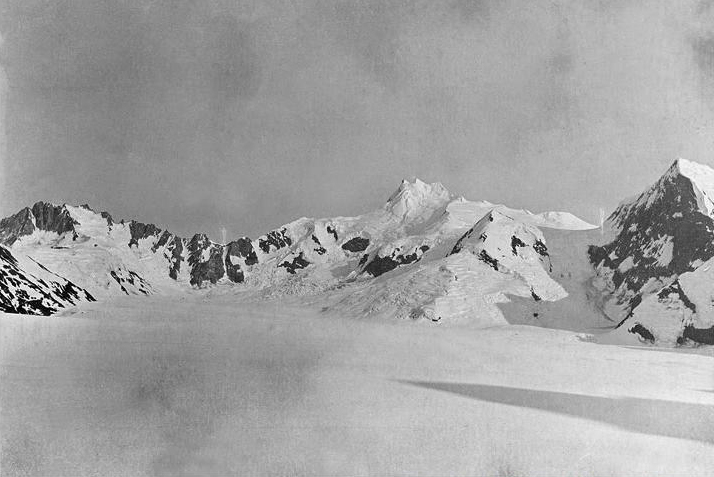

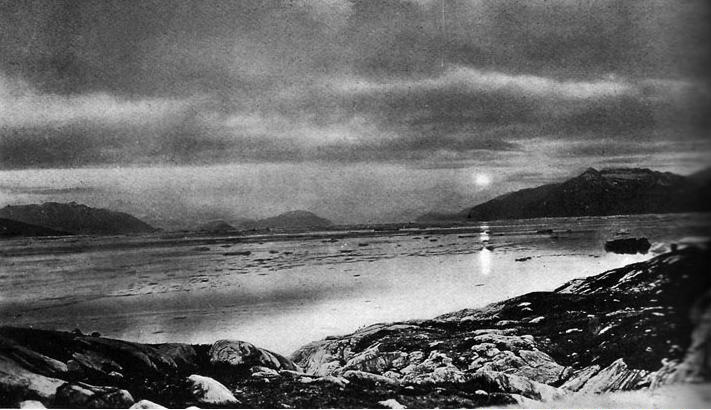


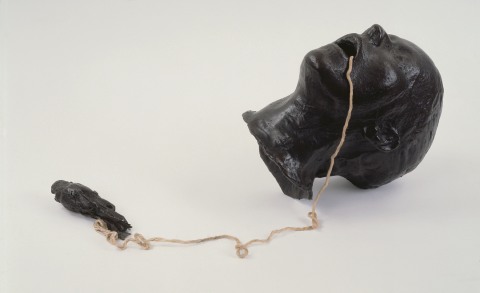

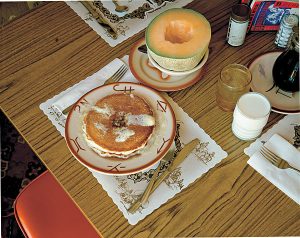
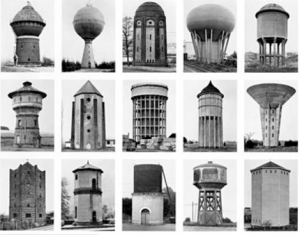
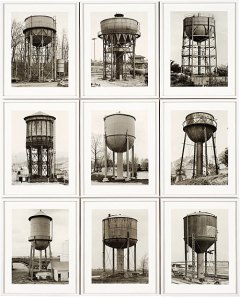




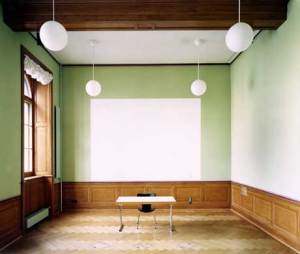



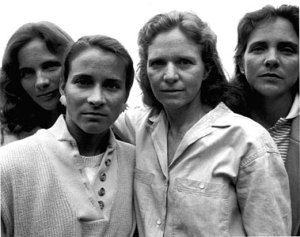




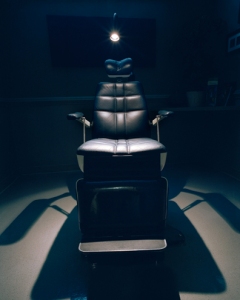

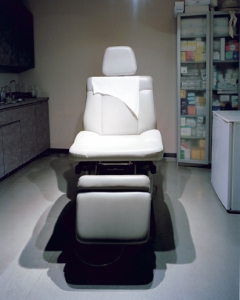
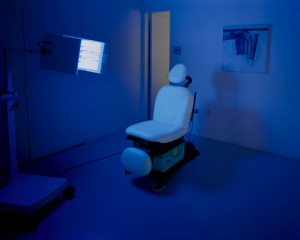





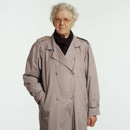


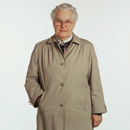











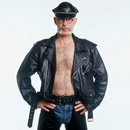
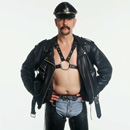


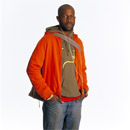


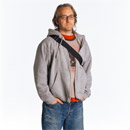

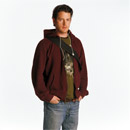




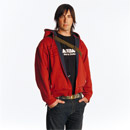







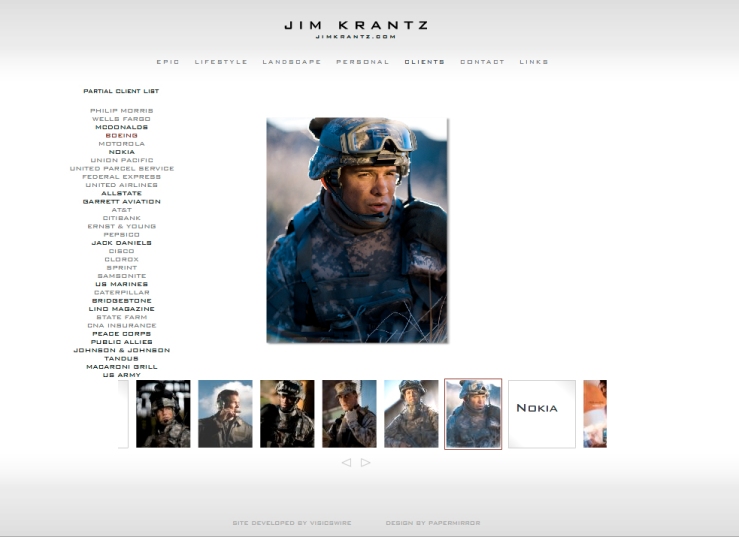

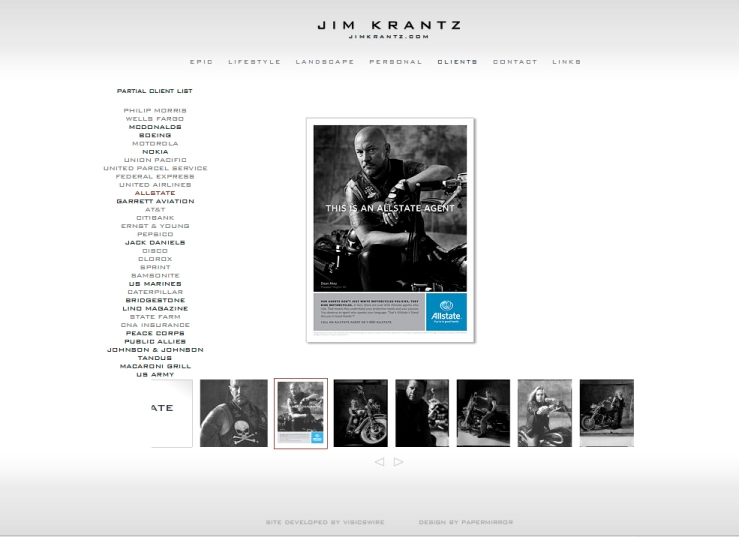
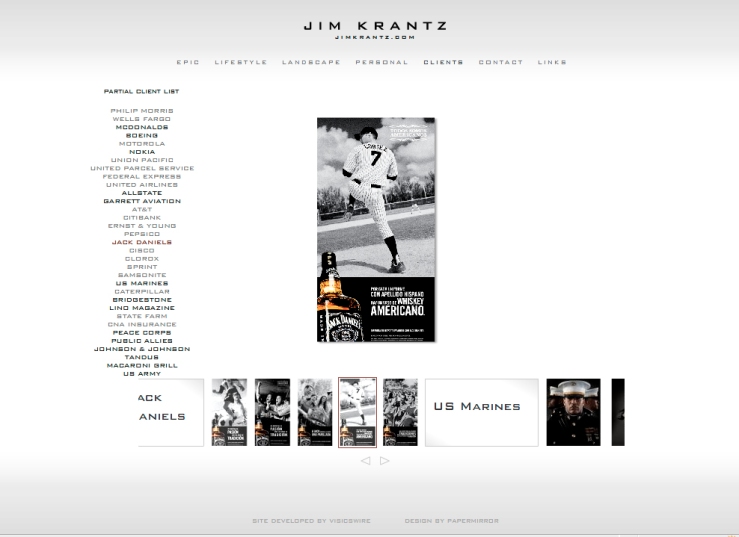





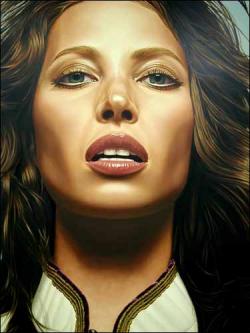








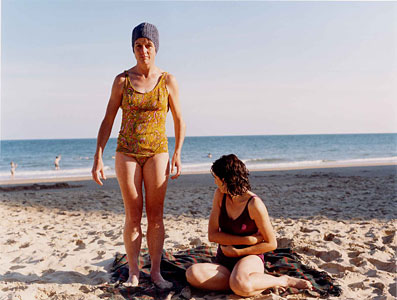




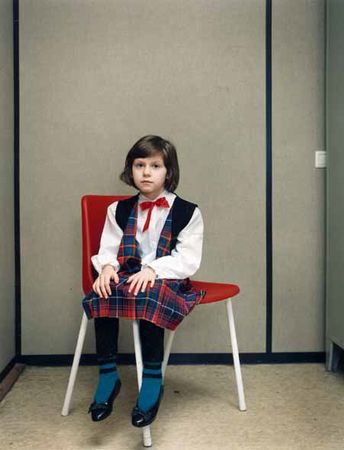
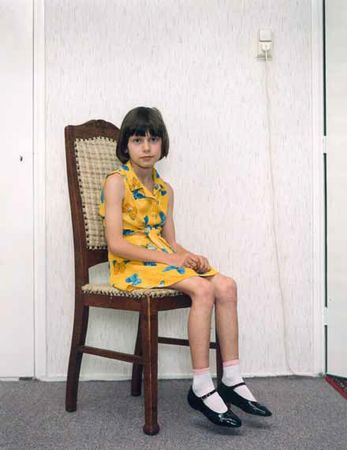

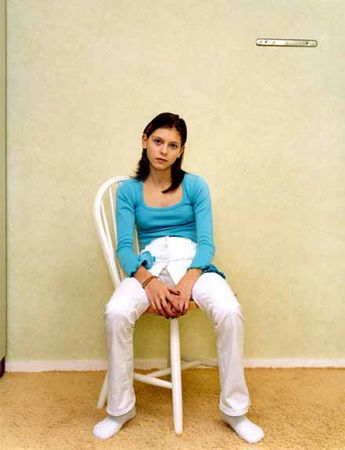








You must be logged in to post a comment.